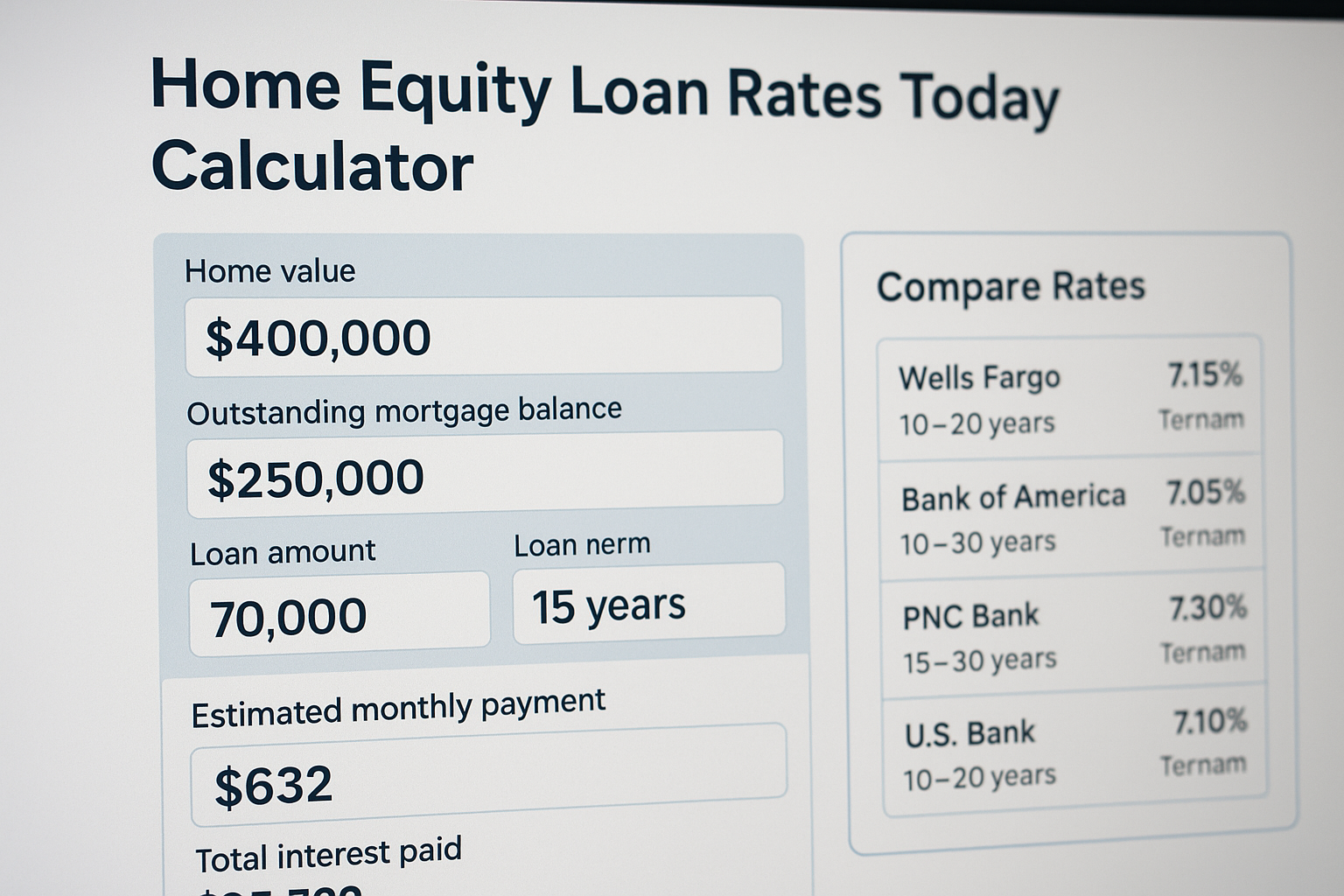
Daftar isi: [Hide]

Despite years of political pressure and looming tariff threats, Apple continues to face major hurdles in manufacturing iPhones on U.S. soil. In 2025, these challenges remain as significant as ever. While American consumers increasingly favor “Made in USA” products, Apple’s global supply chain remains deeply tied to Asia—especially China, Vietnam, and India. But why has Apple struggled to shift?
1. Labor Costs and Expertise Gap
One of the main reasons Apple has not moved iPhone production to the U.S. is the high cost of labor. U.S.-based workers are significantly more expensive than their counterparts in Asia. In addition, Asian countries have decades of experience and specialization in high-volume electronics assembly, something the U.S. workforce simply cannot replicate overnight.
Apple would need tens of thousands of highly skilled assembly line workers. The infrastructure and talent pipeline in the U.S. don’t currently meet those demands.
2. Lack of Local Supply Chain Infrastructure
In China and surrounding nations, suppliers for nearly every component—from chips and screens to screws and packaging—are just a short truck ride away. In the U.S., replicating this densely packed supply chain ecosystem would take years and billions of dollars in investment.
Even if Apple built a U.S. factory, they would still need to import components from Asia, defeating the purpose of localized manufacturing.
3. Automation Isn’t the Easy Answer
While automation could theoretically reduce labor costs, it comes with its own set of challenges. Apple products are intricate, requiring high-precision, delicate assembly that robots are not always best suited for. Moreover, the cost of setting up advanced automation in the U.S. is enormous.
4. Tariff Threats and Political Pressure
The Biden and Trump administrations have both applied pressure for Apple to bring jobs back home. In 2025, new tariff threats could further increase the cost of importing goods made in China. However, even with these financial penalties, Apple has calculated that producing in the U.S. remains more expensive and less efficient than absorbing the tariffs.
5. What Apple Is Doing Instead
While Apple has not moved full-scale iPhone production to the U.S., it has taken symbolic steps:
- Building a $1 billion campus in Austin, Texas
- Assembling the Mac Pro in the U.S.
- Partnering with U.S.-based chip manufacturer TSMC in Arizona
But for now, full iPhone production remains overseas.
In a globalized economy, shifting iPhone production to the United States sounds ideal—but the logistical, economic, and infrastructure barriers make it impractical, even in 2025. Until there’s a radical shift in U.S. manufacturing capabilities, Apple will likely continue relying on its global supply chain.
Reference Source:
- Investors.com: “Apple Stock Falls As Trump Threatens iPhone Tariff” (investors.com)
- Reuters: “‘Little, little screws’ one of many hurdles to US-made iPhones” (reuters.com)
- The Verge: “Trump threatens Apple with a 25 percent iPhone tariff” (theverge.com)
Other articles you must read too: Best Life Insurance Policies for Remote Workers in 2025







